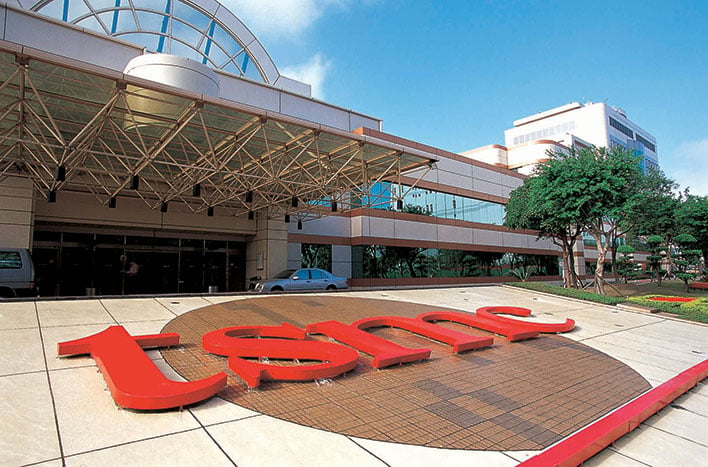TSMC Touts Early Success With Future 5nm And 3nm Chip Process Nodes

TSMC generated $7.75 billion in revenue during the second quarter of 2019, which is down 1.4 percent year-over-year but up 9.2 percent from the previous quarter. In a subsequent conference call with investors, TSMC talked about powering through softening economic conditions, and what the future holds in regards to 5-nanometer (nm) and 3nm process nodes.
Referred to by TSMC as N5 and N3, the company is currently busy churning out N7 (or 7nm) silicon, as featured in AMD's third-generation Ryzen processors. AMD has also moved to a 7nm node for its newest generation Navi GPUs and is doing rather well for itself, with a gigantic assist from TSMC on the manufacturing front.
Looking ahead, TSMC anticipates its N5 node being equally popular and well received. Speaking with investors, TSMC vice chairman and CEO CC Wei expressed confidence that N5 "will have a strong ramp and be a long-lasting node."
"Our N5 technology has already entered risk production in first quarter.
Customer takeout activity are underway, and volume production is scheduled in first half of year 2020 with 80 percent logic density gain, 8-0
percent, and 15 percent speed compared with the 7-nanometer, we believe our N5 technology is the most advanced in the foundry industry with
the best density, performance, power and transistor technology," Wei said.
TSMC is trucking right along, in other words, and is not stagnating at 7nm. While it seems like an aggressive manufacturing schedule, TSMC anticipates the introduction and deployment of 5G networks and smartphones to bolster demand for both 7nm and 5nm technologies.
As for 3nm, that is a bit further off in the distance. Nevertheless, Wei says "development progress is going well" on that node.
It will be interesting to see where 5nm and 3nm chips end up first. As it pertains to AMD, its next-generation Zen 3 architecture, due out next year, will be built on a 7nm+ manufacturing process. Zen 4 is said to be development, and that could potentially be a candidate for TSMC's 5nm node, though nothing has been confirmed.

